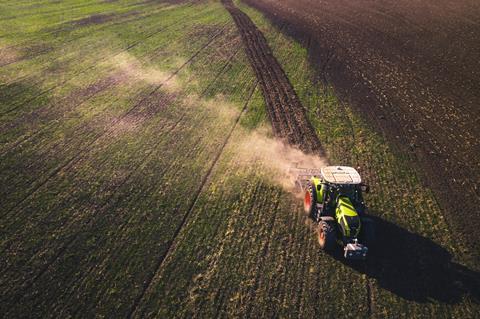
Is the UK food supply chain broken? Last year I interviewed over 40 people from various sectors to find out the answer to this question. The answer is no, not broken – but it is hanging on by a heavily frayed thread in certain areas.
Farmers in some sectors are leaving the industry. And, as pointed out at the Oxford Farming Conference last week, farmers who leave the sector they don’t come back.
The finger is often pointed at multiple retailers. Although they are not wholly responsible for the precarious state of our food supply chain, at times they are not helping to secure it. It was pointed out to me on many occasions that retail is the most efficient way to get food to the masses – to suggest anything else is just unrealistic.
The inequalities in the food supply chain have grown. Risk is inherent in farming, but this has increased to levels never seen before. And that risk has been effectively pushed down the supply chain, ending solely with farmers and growers. We are now at a level where the risk versus reward ratio is too out of kilter. This is why glasshouses are empty and orchards are being grubbed.
Retailers and their buyers are trained extensively, especially in negotiation skills. If grower and manufacturer teams are not upskilled and trained to the level of the retailers, there will only ever be one winner. At times it is like a pub team taking on a Premier League team, being beaten 38-0 and then complaining it is not fair.
The standards and quality of food are the UK is second to none. This has been driven by retailers to ensure customers receive high quality every day. In this drive for excellence, they have increased the audit burden on their suppliers. One interviewee in the OFC report had over 40 audits in one year. This level of scrutiny, and cost, is excessive and adds huge costs to our food.
The average cost of an audit is £2,500, paid for by the farmer or grower. There is significant duplication, and often requirements from one retailer may be contrary to those of another. There must be a better way of ensuring standards are maintained without increasing the audit burden. Outcomes of various environmental schemes are only adding to the confusion as, yet again, there is no common approach.
As a buyer, I was on top of my numbers every week, and the modern buyer has even greater access to data. This is not always the case for farmers and growers, where a ‘two shoebox’ approach may still be used – one for cheques and one for receipts.
Once again, this puts farmers and growers at a disadvantage, as they are discovering far too late that all is not well. I did speak with a number of farmers where this was not the case, who knew every week how their business was doing. This has to be more widespread for the sector.
Farming and growing the food we consume is vital to our security. We will never be entirely self-sufficient, but we can and must do better. There needs to be change in all parts of the sector, by farmers and growers as well as by retailers – otherwise those frayed threads will break.



![XOXO-Product-Shot[ALL FLAVOUR]-Sky-1920x1080](https://dmrqkbkq8el9i.cloudfront.net/Pictures/274x183/4/9/2/355492_xoxoproductshotallflavoursky1920x1080_806584_crop.jpg)



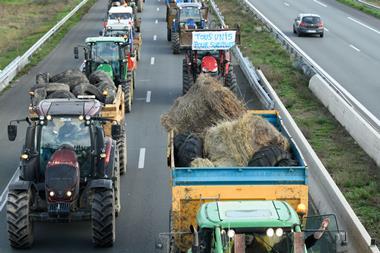
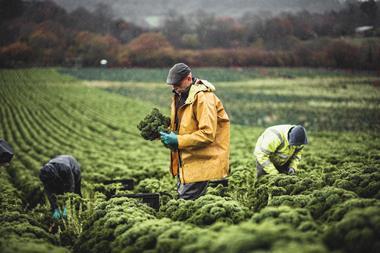
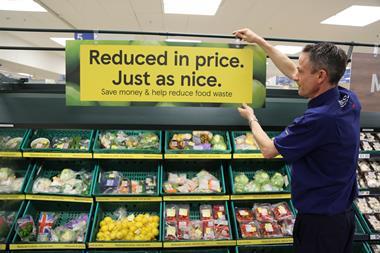
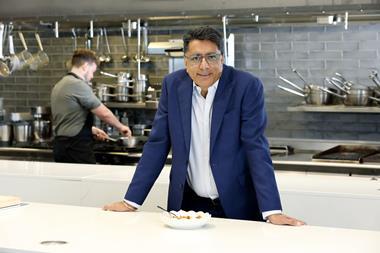



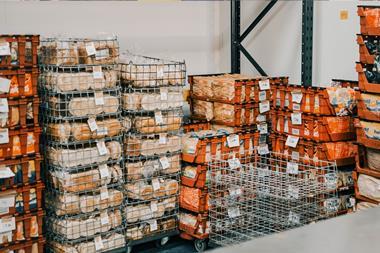




No comments yet